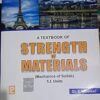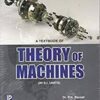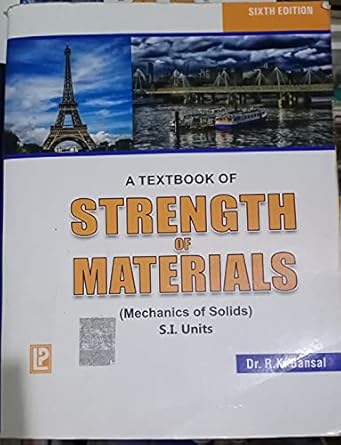No products in the cart.
Return To Shop
Menu
Categories
- Physics Books
- UPTU & AKTU Books
- Dictionaries / Language Learning
- Yoga
- Beauty and Fitness
- Text and Reference Books
- Biology Books
- Computer Science Books
- Personality Development
- Meditation
- Ayurveda / Homeopathy / Herbal Cure
- Used or Second Hand Books
- Accounting
- Children Books
- Family and Relationships
- Health & Fitness
- Crafts and Hobbies
- Mechanical Engineering Books
- Biotechnology Books
- Delhi University Books
- General
- Parenting
- Games & Quizzes
- Electrical Engineering Books
- Food Technology
- Management Books
- Biographies
- Nutrition
- Jokes - Humour
- Mathematics Books
- Hindi Books
- Best Deals: Top Selling Books
- Academic Book
- Law Books
- Class-11th Books
- Chemistry Books
- New Arrivals
- Electronics Telecom
- Class- 9th books
- Civil Engineering Books
- Medical Books
- School Books
- Environmental Engineering Books
- Electronics Communication Books
- Class- 10th class
- Free Online e-Books
- Class 12 th Books
- NCERT
- Motivational
- English Novel
- Astrology / Palmistry / Vastu / Hypnotism etc
- Competitive Examinations
- Engineering Books
- Electrical and Electronics Engineering (EEE)
- Encyclopedia
- Gift Items
- Cookery
- Economics
- Amity University ASET Books
- Alternative Therapy
- Spiritual Books
- Stress Management
A Textbook Of Strength Of Materials By R.K. Bansal Pustakkosh.com
₹895.00 Original price was: ₹895.00.₹525.00Current price is: ₹525.00.
Categories: Mechanical Engineering Books, Used or Second Hand Books
Backorder means you can still order but the product's availability might have to be double checked with warehouses as there are other pending orders. We will ship it to you subsequently.
1 in stock
visible
A Textbook of Strength of Materials by R.K. Bansal
is a comprehensive resource that focuses on the essential concepts of material strength and behavior under various forces. This book is invaluable for engineering students and professionals, offering clear explanations of key topics such as tension, compression, bending, shear, and torsion. The text simplifies complex theories through practical examples, real-world applications, and step-by-step solutions to problems.
One of the book’s standout features is its emphasis on both theory and practical applications. It explores the mechanical properties of materials and their response to different loading conditions, making it highly relevant for civil, mechanical, and structural engineering disciplines. A Textbook of Strength of Materials by R.K. Bansal also includes detailed discussions on topics like elasticity, strain energy, and plasticity.
The book is organized into well-structured chapters that guide readers through fundamental concepts and gradually introduce more advanced topics. The inclusion of numerous solved problems and unsolved exercises further reinforces the learning process. Illustrations and diagrams are used effectively to clarify complex concepts and ensure better understanding.
In conclusion, A Textbook of Strength of Materials by R.K. Bansal is a vital resource for anyone looking to understand the behavior of materials under stress. Its clear explanations, practical examples, and focus on problem-solving make it an indispensable tool for both students and professionals in the field of engineering.
Related products
Business Mathematics by J. K. SharmaPustakkosh.com
Estimating Costing Specification Valuation In Civil Engineering By M Chakraborti
Engineering Physics By satyaPrakesh
Design Of Machine Elements 4th edition By V B BhandariPustakkosh.com
Engineering Mechanics (Multi Colour Edition) By S S Bhavikatti
An Introduction to Automata Theory & Formal Languages by Adesh K. Pandey
Hydraulics Fluid Mechanics Including Hydraulics Machines by Dr. P.N. ModiPustakkosh.com
Strength Of Materials by R K B...
₹713.00 Original price was: ₹713.00.₹512.00Current price is: ₹512.00.


A Textbook Of Theory Of Machin...
₹775.00 Original price was: ₹775.00.₹439.00Current price is: ₹439.00.
More
More








